Biology The Study of Life: Part 19 (Natural Selection)
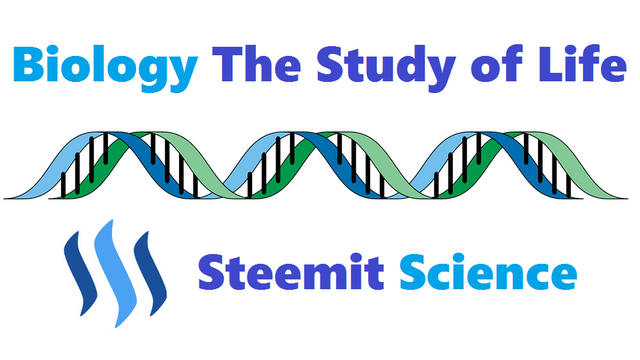
Introduction
This informative series of posts will explore modern biology; the fundamental principles of how living systems work. This material will always be presented at the level of a first-year college biology course, without assuming any prior background in biology or science. It also presents material in a conceptual format. Emphasizing the importance of broad, unifying principles, facts and details in the context of developing an overarching framework. Finally, the series takes a historical approach wherever possible. Explaining how key experiments and observations led to our current state of knowledge and introducing many of the people responsible for creating the modern science of biology.
This post presents several examples that demonstrate the process of evolution by natural selection in action, including data from both field studies and laboratory experiments.
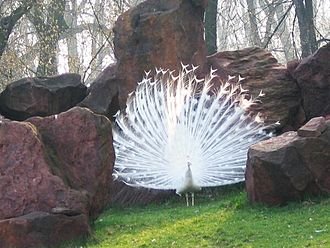
Some examples illustrate the different ways in which selection can act on populations of organisms. Other examples, such as the evolution of antibiotic resistance in bacteria, illustrate the practical significance of understanding mechanisms of evolutionary change in our world. The post also introduces a definition of Darwinian fitness.
Two additional points need to be made about natural selection.
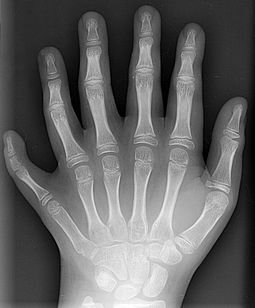
- Natural selection acts only on existing, heritable variation. If there is no variation for a particular trait, natural selection cannot act on that trait. This is why variation from mutation and genetic recombination is so important.
- Although natural selection acts on individuals, its consequences occur in populations. Individuals do not themselves evolve; evolutionary change is measured as change to the average characteristics of a group.
Darwin’s theory of evolution by natural selection has been well documented, both in field studies of naturally occurring evolutionary change and in laboratory studies in which the evolution of organisms can be manipulated (artificial selection).
A primary example comes from a classic study of color change over time in a species of moth.
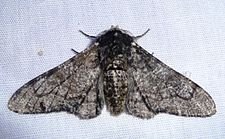
For generations, scientific collectors have filled museum cases with specimens of butterflies and moths, creating extensive collections that include many representatives of the same species occurring in different locales or occurring at the same locale in different years. One particularly complete collection is of the peppered moth, Biston betularia, collected near Manchester, England, over a period of 150 years. Moths collected before the 1850s have mostly pale wings, with rare examples of darker individuals. Fifty years later, however, 98% of the moths collected have dark wings, with only a few pale individuals. Given that wing color is well known to be heritable in butterflies and moths, this pattern suggests an evolutionary change in the population over time. This would predict that the change increased the survivability of the moth group; that is, that natural selection was “selecting” darker moths.
C. H. B. D. Kettlewell, a physician and avid moth collector, suggested in 1955 that the change in color resulted from natural selection caused by increasing industrialization in Manchester.

- Peppered moths usually rest on tree trunks covered with light-colored lichens. The light color blends in well with this background, presumably providing camouflage from predators.
- With the onset of the industrial revolution, the tree trunks in parks around Manchester became increasingly dark because of soot deposition.
- As the trunks became darker, the common, lighter moths became increasingly easy for visual predators, such as birds, to spot, whereas the rare, dark moths became more camouflaged.
- Kettlewell suggested that differential predation on the two color types resulted in greater survival and reproduction of the dark moths, causing an overall change in the relative frequencies of dark moths in the population.
- To test his idea, Kettlewell released equal numbers of dark and light moths into dark and light forests and observed bird predation on the moths. He found that moths that blended into the environment were eaten much less often than moths that stood out.
The peppered moth example was considered at the time to be the first conclusive demonstration of natural selection in the wild.

In recent years, however, scientists have argued that Kettlewell’s work does not hold up because of his methods. However, this example introduces two key points about evolution by natural selection.
First, it is important to emphasize that natural selection results from differential reproduction among individuals in a population. Moths with different colored wings survived in different proportions, but what really matters is that one color type reproduced more than the other color type as a result of this differential survival.
Second, the moth example illustrates the importance of the environment for understanding natural selection. Dark moths survive and reproduce better in dark environments, while light moths survive and reproduce better in light environments. The adaptive value of a trait depends on the environment.
Natural selection can cause change only if the more well-adapted individuals leave greater numbers of offspring than poorly adapted individuals. If natural selection acts after different individuals produce similar numbers of offspring, it will have no effect.
We are now in a position to formally define Darwinian fitness.
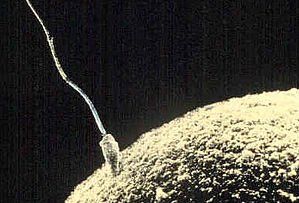
A common shorthand for natural selection is the phrase “survival of the fittest,” which implies direct competition among individuals in a group. This is not necessarily the case in evolution. For an individual to be considered more fit than its peers, the number of offspring it produces must be high relative to those peers. Ten offspring is very low for a fruit fly, for example. Fitness is also not an intrinsic property of an individual—it depends on that individual’s reproductive performance in a given environment. Thus, Darwinian fitness is the relative reproductive success of an individual in a given environment.
Many other, more quantitative, examples of natural selection in action have been observed in both the field and the laboratory.
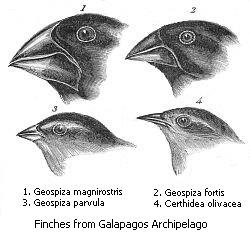
Peter and Rosemary Grant have studied Darwin’s finch populations in the Galapagos Islands since 1973. One small population of a single species of Darwin’s finch, the medium ground finch, has been especially important in the Grant’s work. The Grants and other researchers have shown that the size of a finch’s beak depends on the size of the seeds it must crack open and eat. Within the population they study, though, the Grants have found considerable variation in beak size. Finding out whether beak size is heritable is made somewhat difficult by the range of factors that might influence it. Using a large sample set, the Grants found that beak size is largely genetic and, thus, heritable.
All evidence pointed to a natural-selection process working on beak size, but the Grants obtained convincing evidence of this after a severe drought-starved to death more than 80% of the finch population they were studying. The Grants observed that the individuals that survived the drought had larger beaks than those that died. As it turned out, one of the more drought-resistant plants produced large hard seeds that small beaked birds could not open. After the drought passed, members of the renewed finch population had markedly larger beaks than before. The Grants have since found that droughts and wet years tend to increase and decrease beak size, respectively, in the finch population as a result of the size of seeds that are available.
Humans have inadvertently selected pathogens and pests for increasing resistance to the methods we use to control them.

Therapeutic antibiotics, if used correctly, will kill all pathogens in a host, for example, those that cause tuberculosis. Incomplete antibiotic treatment, however, will kill only some pathogens, leaving intact those individuals that are slightly more resistant. These resistant bacteria then reproduce, making the population more resistant overall. The same problem of unintended selection is increasingly common in the evolution of pesticide-resistant insects.
Supplemental reading to learn more on Natural Selection:
Freeman, Biological Science, chapters 21 & 38.
Hooper, Of Moths and Men.
Weiner, The Beak of the Finch.
Topics for discussion in comments:
Biologists state that Darwin’s theory of natural selection is proven by many examples of natural selection occurring in the wild and in the laboratory.
Do you find this kind of evidence convincing?
If not, what evidence would be convincing to you?Why is evolutionary theory becoming increasingly important to modern medical research?
END PART 19
BIOLOGY THE STUDY OF LIFE:
PART 1 INTRODUCTION
PART 2 WHAT IS LIFE
PART 3 ORIGIN OF LIFE
PART 4 CELL TO ORGANISM
PART 5 PROTEINS
PART 6 CODE OF LIFE
PART 7 DOUBLE HELIX
PART 8 REPLICATING DNA
PART 9 CENTRAL DOGMA
PART 10 GENETIC CODE
PART 11 DNA TO RNA
PART 12 RNA TO PROTEINS
PART 13 MISTAKES HAPPEN
PART 14 WHEN CELLS DIVIDE
PART 15 MENDEL'S PEA PLANTS
PART 16 SEX AND VARIATION
PART 17 GENES AND CHROMOSOMES
PART 18 CHARLES DARWIN ON THE ORIGIN OF SPECIES
PART 19 NATURAL SELECTION


 or
or  @pjheinz
@pjheinzImage Credits:
ALL IMAGES UNLESS NOTED - Wikipedia